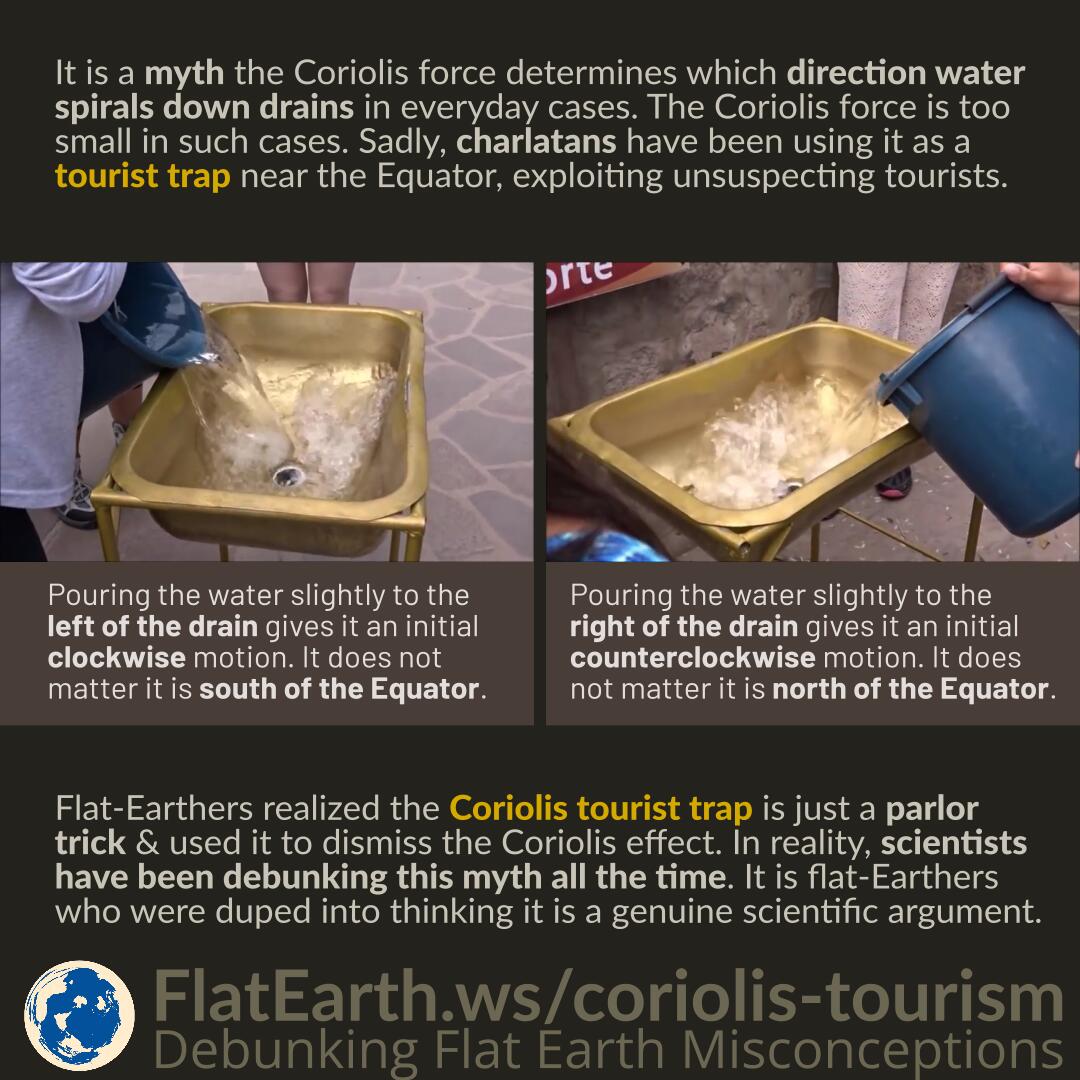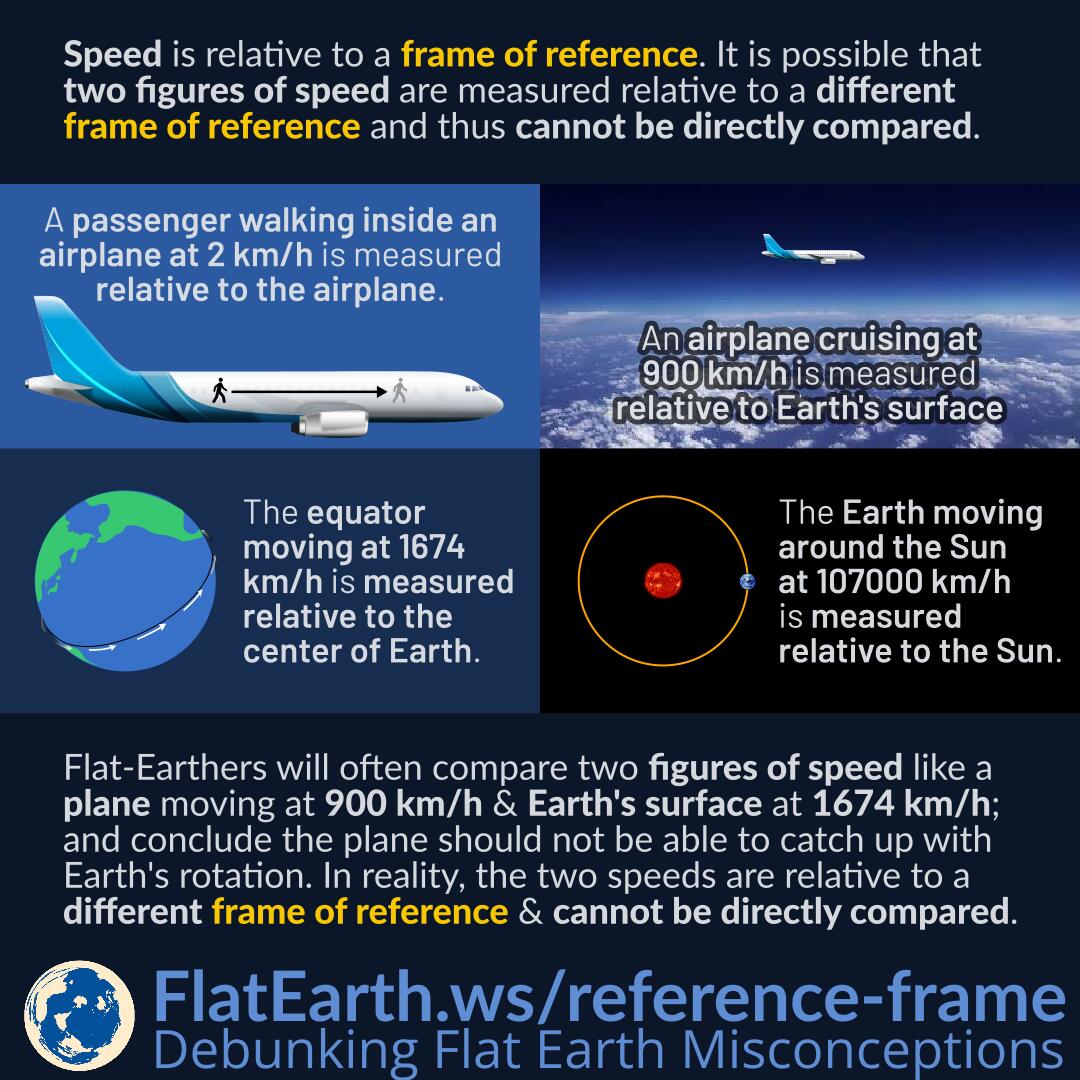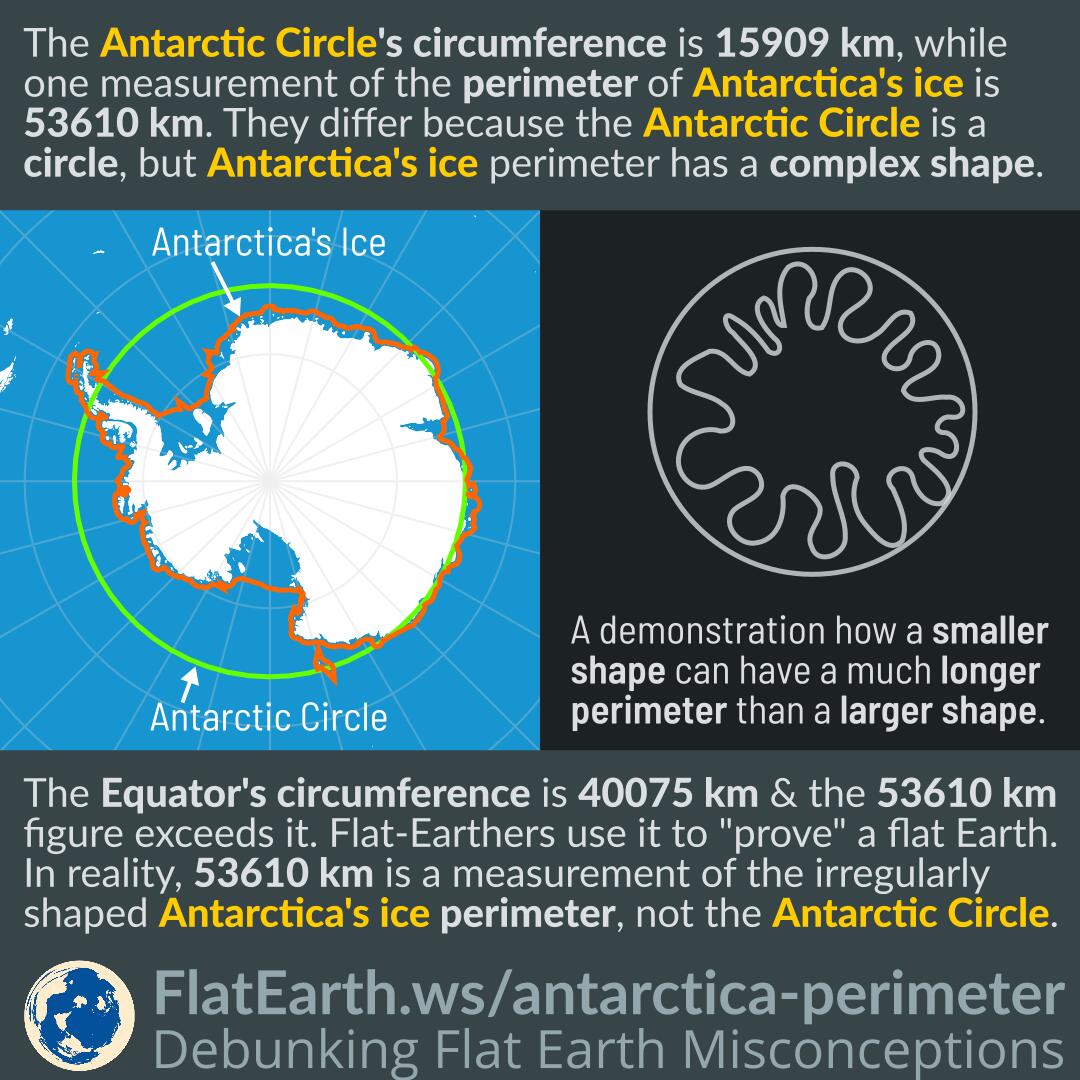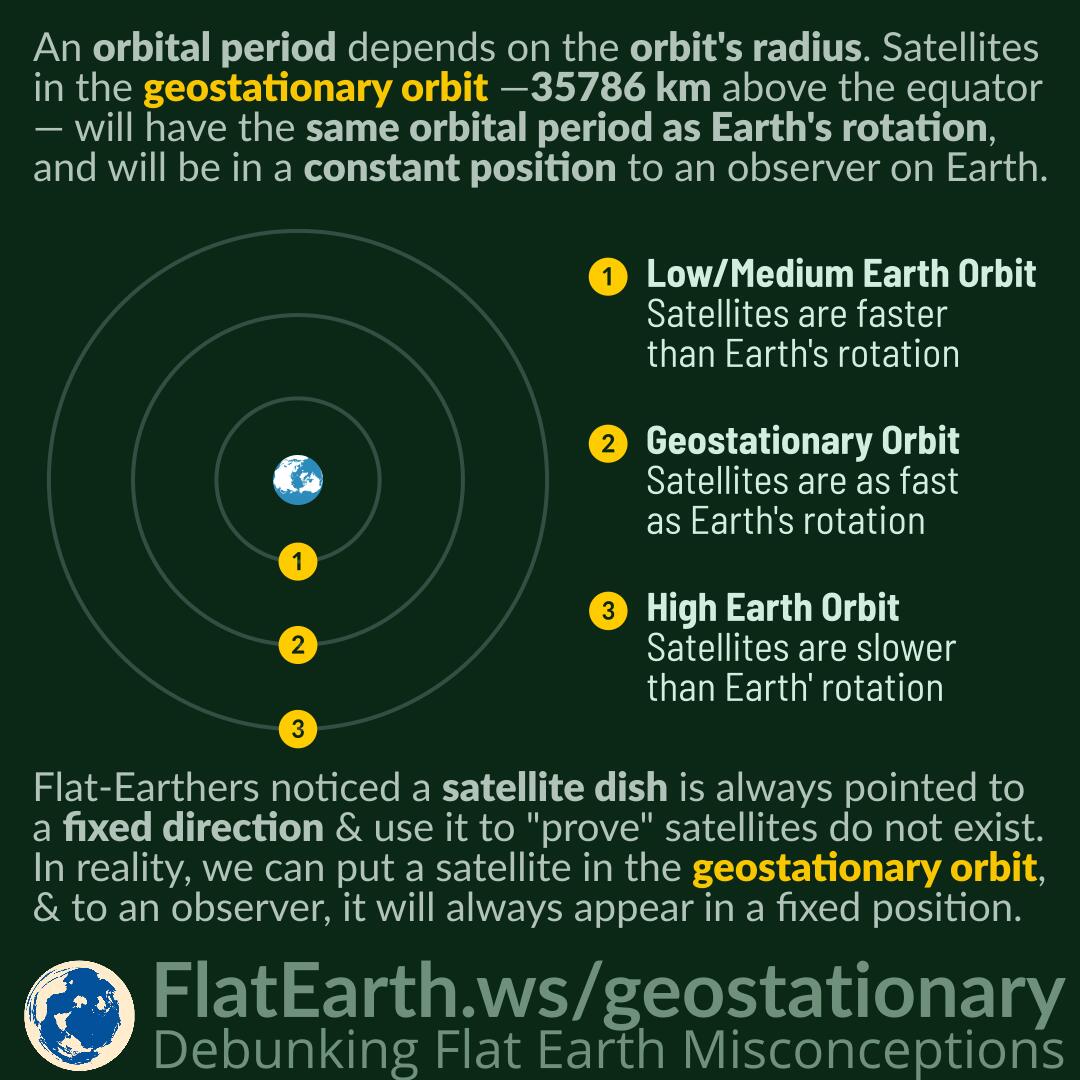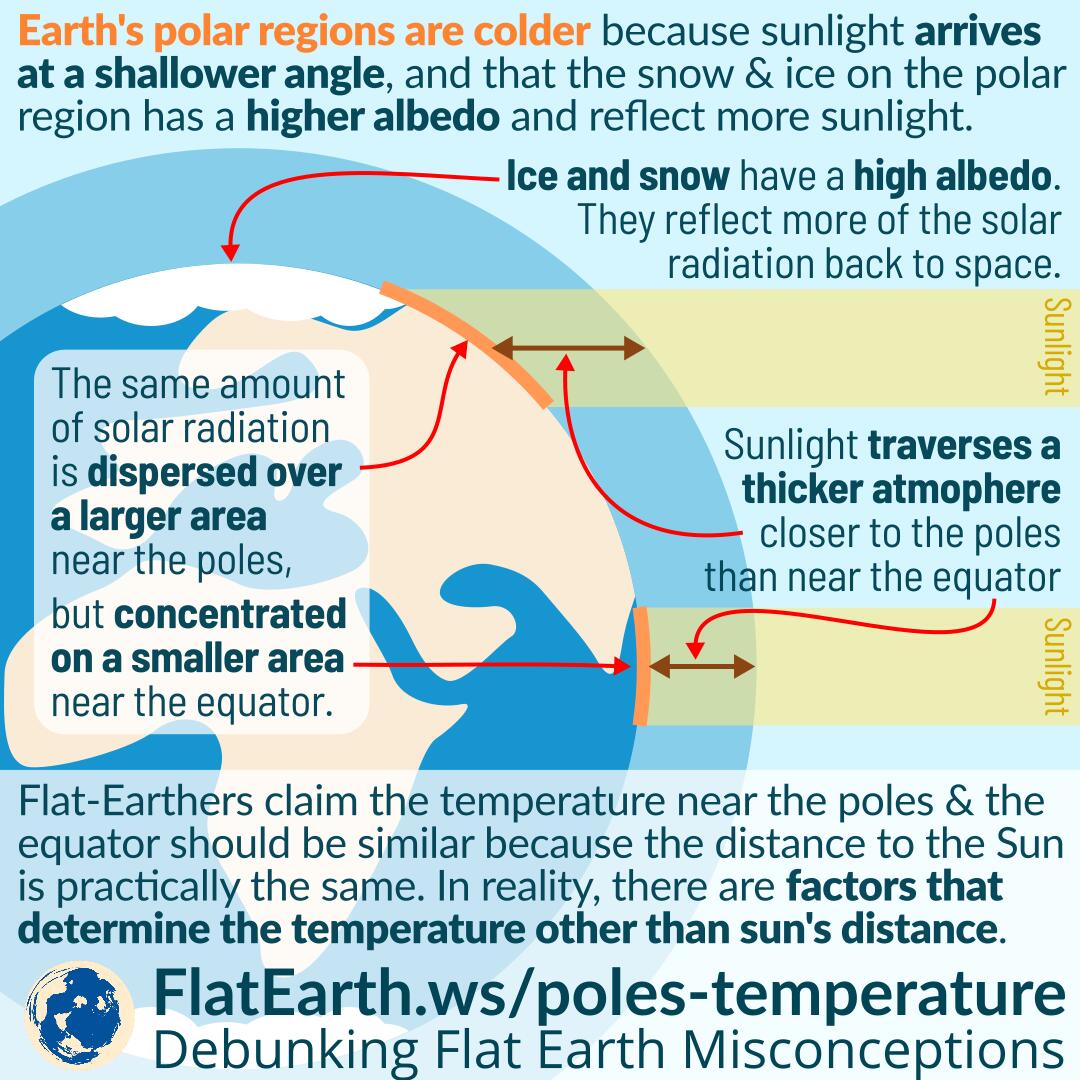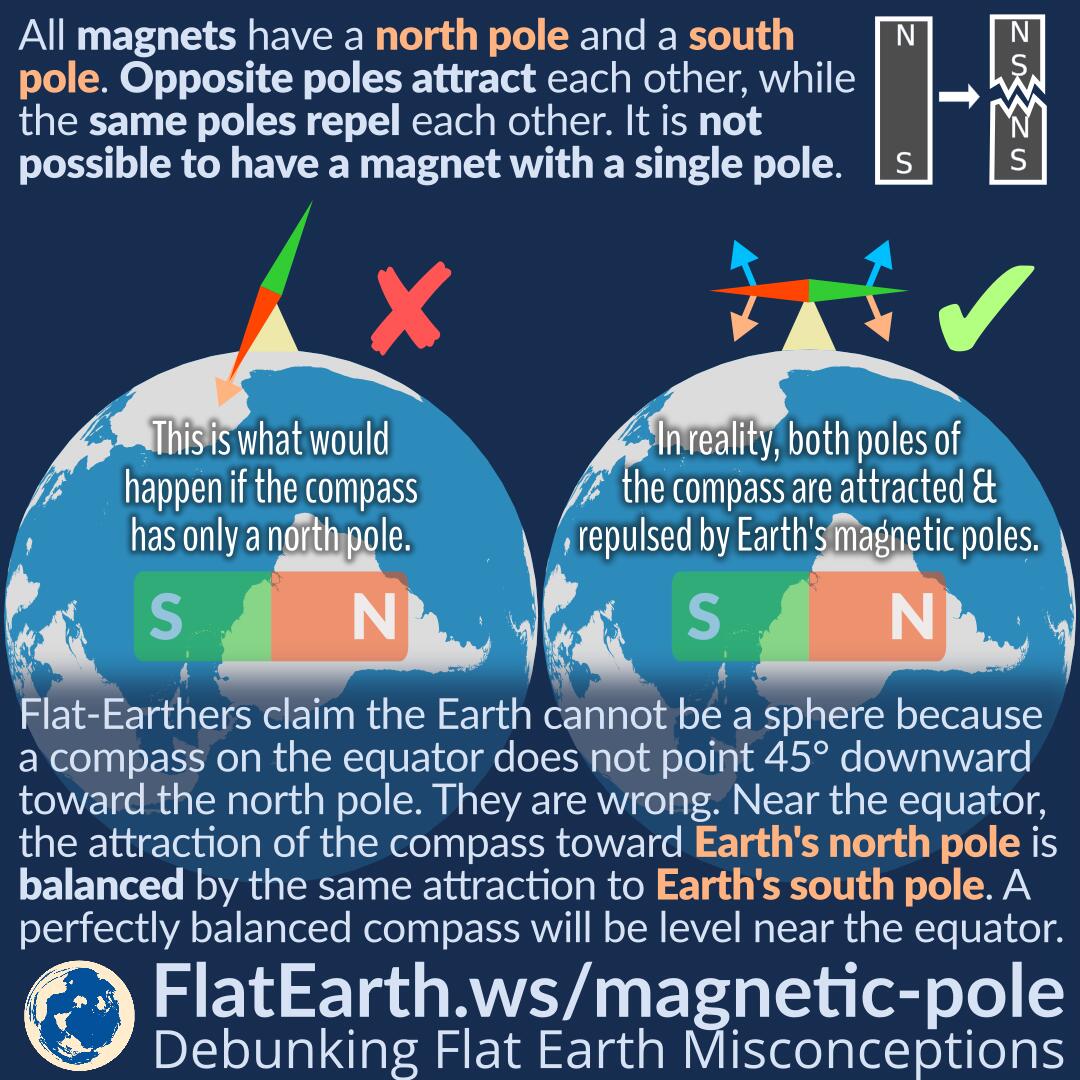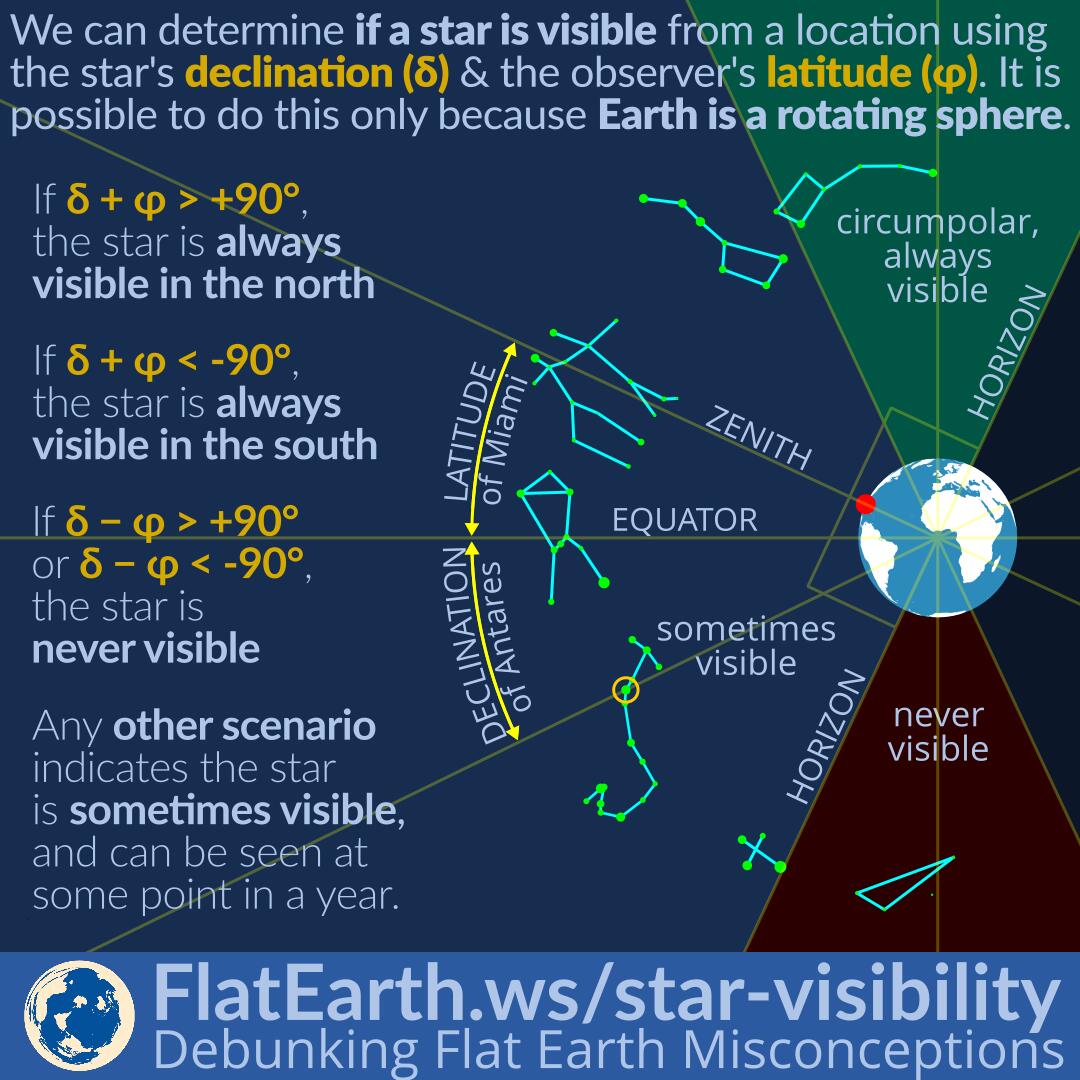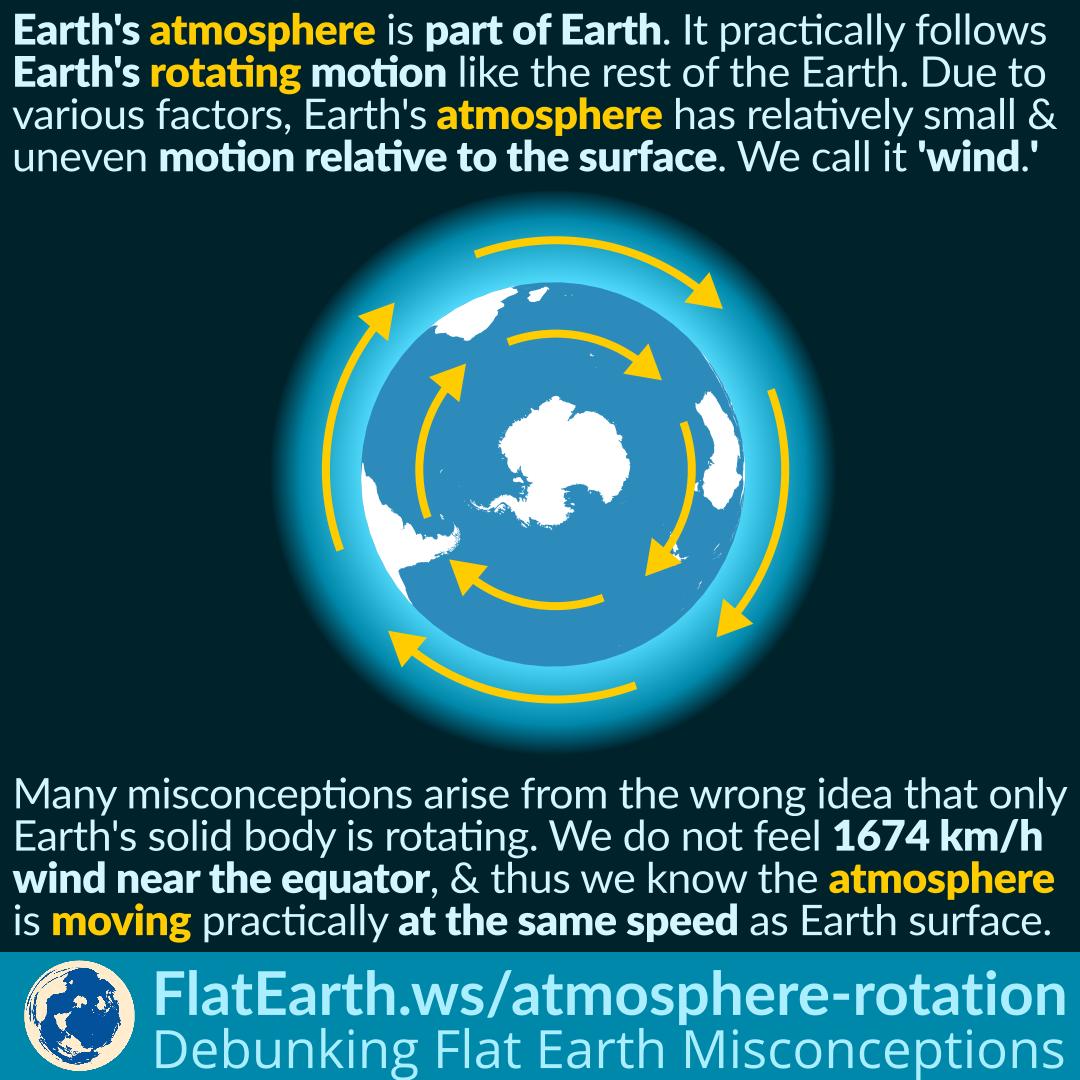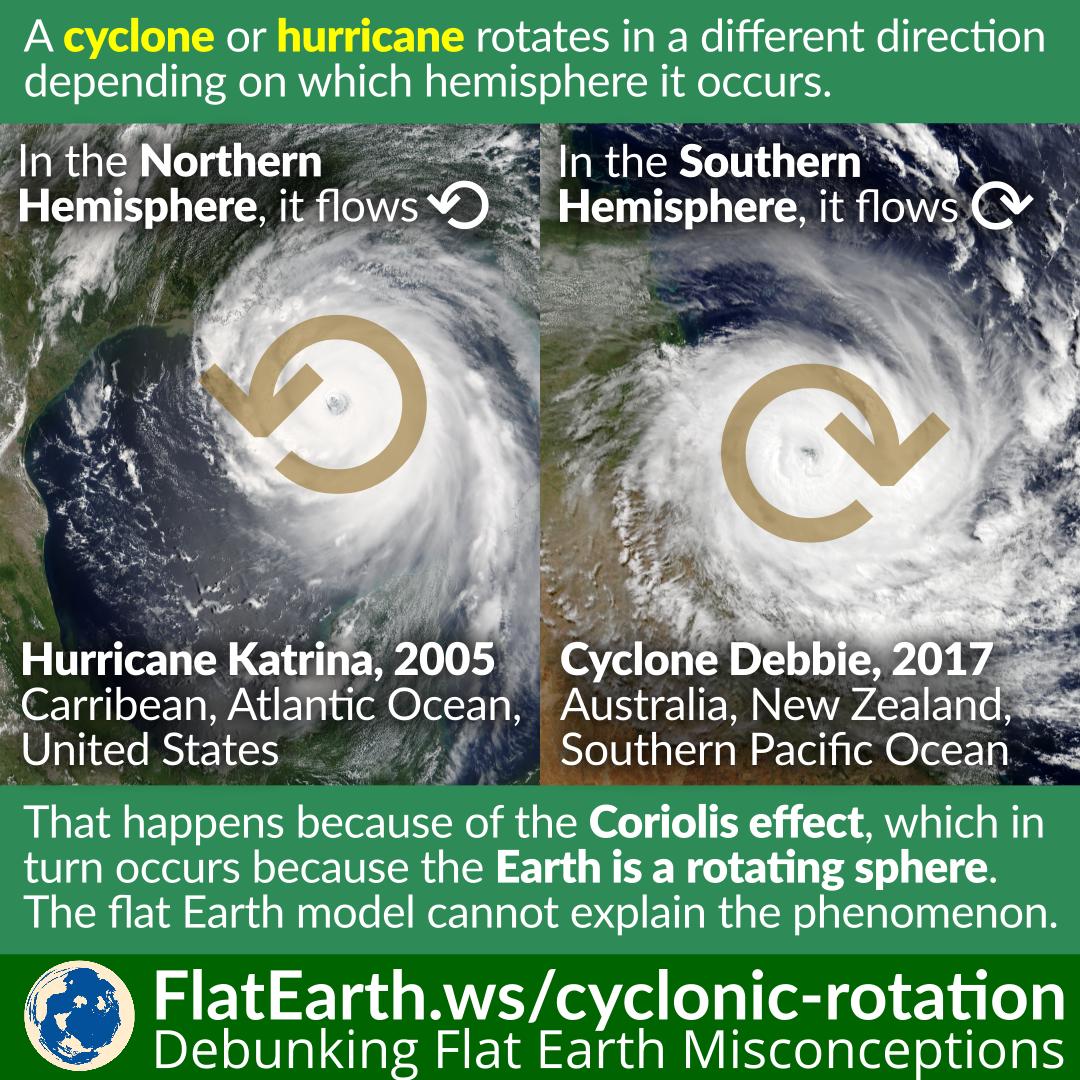It is a myth that the Coriolis force determines which direction water spirals down drains in everyday cases. The Coriolis force is too small in such cases. Sadly, charlatans have been using it as a tourist trap near the Equator, exploiting unsuspecting tourists.
Flat-Earthers realized the Coriolis tourist trap was just a parlor trick & used it to dismiss the Coriolis effect. In reality, scientists have been debunking this myth all the time. It is flat-Earthers who were duped into thinking it is a genuine scientific argument.


